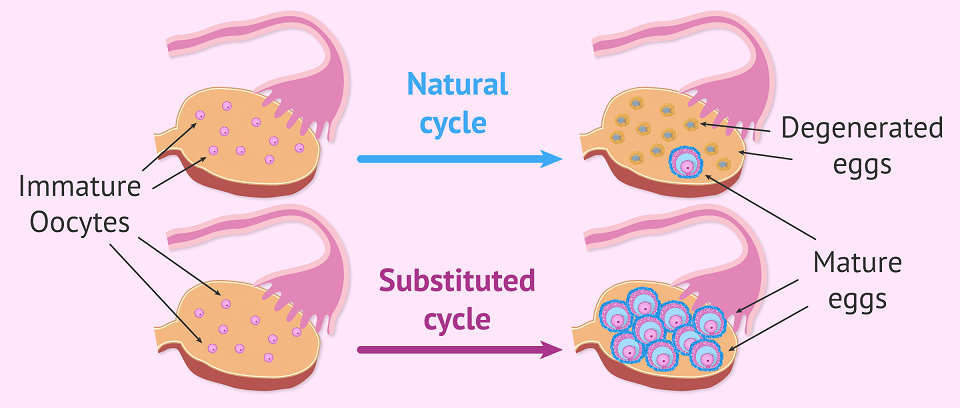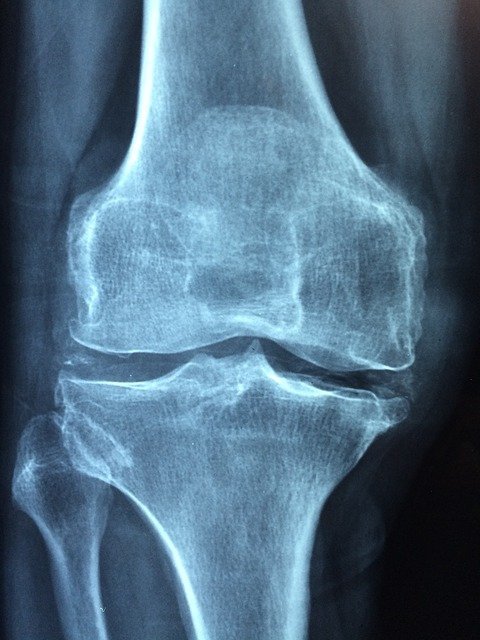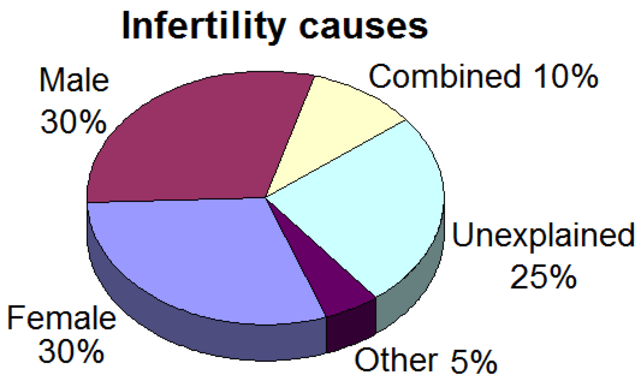Information on this site shall be considered as holistic, alternative and spiritual advice only. For medical advice and treatment a GP, medical professional and/or Certified Hijama Therapist should be consulted. In all circumstances where lifestyle changes, supplements, or other foods are suggested your GP should be consulted. Client Safety is the number one priority.
Cupping / Hijama PointsTreatment Plan for Ovaries Stimulation
Allow 2-4 weeks between sessions – longer if required. Hijama Points shown for each session should ONLY be used to guide the therapist. Body size, cup size, and any other conditions need to considered and appropriate care and attention taken. The number of sessions shown can be increased or reduced depending on the condition of the client.
Comprehensive Treatment Plan
Click here for Session 1Click here for Session 2
Click here for Session 3
Click here for Session 4
Standard Wet Points – 1,55,11
Standard Dry Points – 125,126
Click here for Hijama Points on the back of the body
If the client has a complicated history and numerous concerns then it is a good idea to use our online consultation service – click here.
Which body part or function is involved in Ovaries Stimulation?
Structure of Ovaries
The ovaries are the main organ of the female reproductive system. Each woman contains two ovaries. They are oval, about four centimeters in size, and lie on each side of the uterus anteriorly to the wall of the pelvis in an area known as the ovarian fossa. They are attached in place by ligaments of the womb but are not directly held to the rest of the female reproductive tract such as fallopian tubes.
Function of Ovaries
The ovaries have two central reproductive functions in the body. They produce and release eggs for fertilization and also secrete the reproductive hormones, estrogen, and progesterone. The function of the ovaries is governed by a gonadotrophin-releasing hormone secrete from nerve cells in the hypothalamus which sends their information to the pituitary gland to release luteinizing hormone and follicle-stimulating hormone. These are delivered in the bloodstream to regulate the menstrual cycle.

Menstrual Cycle
Generally, only a single egg from one ovary is discharged during each menstrual cycle, with each ovary taking a substitute turn in releasing an egg. A female child is born with all the eggs for her entire reproductive years. This is measured to be around two million, but by the time a girl reaches puberty, this number has reduced to about 400,000 eggs reserved in her ovaries. Between puberty, the menopause, only about 400–500 eggs will get matured, be discharged from the ovary (in a process called ovulation), and be able to be fertilized in the fallopian tubes/uterine tube/oviduct of the female reproductive tract.
Menopause
Menopause is the ending of a woman’s reproductive period after her last menstruation. This is incited by the loss of all the remaining follicles in the ovary that enclose eggs. When there are no follicles or eggs left in, the ovary no longer releases the hormones estrogen and progesterone, which control the menstrual cycle. That results in inhibited menstruation.
What are the symptoms and effects of Ovaries Stimulation on the body?
Infertility in women can be caused by various factors most of them include any disorder or disease related to the reproductive organ, age, Polycystic ovary syndrome (PCOS), ovary cancer, amenorrhea, irregular periods, Sickle cell anemia, Pelvic disease, or blocked fallopian tubes are most common causes of infertility.
The symptom that is most common to infertility is the inability to get pregnant. Other symptoms include:
- Pain during sex
- Dark or pale central blood
- Endometriosis
- Hormone changes
Ovarian stimulation is the process of eliciting ovarian follicular development and egg maturation through medications. The stimulant can be used to evoke a normal menstrual cycle (i.e. a cycle in which a single, mature egg is released) in an anovulatory woman (i.e. a woman who does not have periods).
Though stimulation is most generally used to provoke ovarian hyperstimulation. Ovarian hyperstimulation is a menstrual cycle in which numerous ovarian follicles develop simultaneously and discharge many mature oocytes.

Ovarian stimulation is a standard treatment in assisted reproduction and is used in concurrence with in vitro fertilization (IVF), intrauterine insemination (IUI), and other assisted reproductive fertilization ART). Furthermore, growing oocytes, for recovery, ovarian stimulation also readies a woman’s uterus for embryo placement, by helping the growth of the endometrial wall, the tissues into which the embryo will emplace if an egg is fertilized. The procedure consists of giving a dose of follicle-stimulating hormone (FSH) and/or luteinizing hormone (LH), given usually 8-10 days after the end of the last menstruation period. The goal is to cause the ovaries to produce one or more eggs for discharge. Ovarian stimulation may also comprise giving medication orally instead. Once ovulation initiates and one or more eggs are discharged, either egg retrieval for IVF can be considered, or artificial insemination can also take place.
What changes in diet can help improve symptoms of Ovaries Stimulation?
There is no particular food or fertility diet that will immediately increase your chances of conception, a healthy and well-balanced diet can surely help boost overall health, including reproductive health, in both males and females.
- Sunflower seeds
- Citrus fruits
- Mature cheese
- Full-fat dairy
- Liver
- Cooked tomato
- Oyster
- Asparagus
- Walnuts
Changes in lifestyle which can help Ovaries Stimulation
Simple lifestyle changes can help improve your chances of conception. The goal is to maintain a beneficial environment to conceive and get pregnant.
- Quit smoking
- Avoid alcohol
- Timing intercourse
- Lubricant
- Consume protein from meat
- Eat more fiber
- Add walnuts to male’s diet
- Reduce carbs and sugar
- Low caffeine consumption
Possible alternative remedies for Ovaries Stimulation
Luckily, there are some natural ways to increase the chances of fertility. Maintaining your diet and lifestyle changes can help you boost fertility and get pregnant fast:
- Use Maca root
- Consumption of winterberry
- Helonias root (for ovulation)
- Alfalfa (balance hormones)
- Dandelion (multivitamin properties, also support liver)
- Grape seed extract




